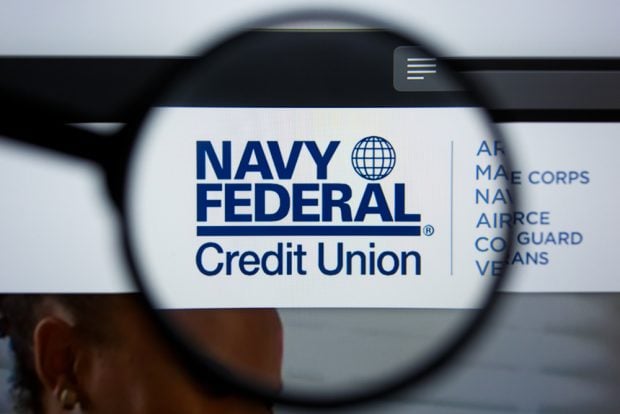Economic hits and likely regulatory changes have made developing back-office collaboration essential if credit unions are to survive, according to a new report from the Filene Research Institute.
In the executive summary to “A Road Map to Credit Union Back-Office Collaboration,” George Hofheimer, chief research officer for Filene, put the situation starkly, using a business metaphor commonly called the “burning platform.”
In the burning platform metaphor, an organization is confronted with a type of emergency that will force a dramatic change in action akin to taking to lifeboats if a North Sea oil drilling platform catches fire.
“When the dust settles, what will the brave new world of banking look like?” Hofheimer asked. “Will there be a burning platform that spurs credit unions to consider a dramatic shift in the way they operate? Does collaboration play a role? Are you willing to wait for the burning platform?”
Author Michael Taylor, CEO of a business consultancy called SchellingPoint that specializes in business collaboration, found many credit unions still struggling with building a case for starting to collaborate.
“We found a pretty wide divergence of opinions in our research,” Taylor explained. “Some executives we spoke with saw the need and were very keen to get started, but then others who understood the concept theoretically, but were still thinking 'why would I want to do that.'”
Taylor reported that the researchers had concluded much of their work on the project around the same time that the economy began to decline. If they were to do it now, he acknowledged, they would likely find more credit union leaders more open to planning and launching collaborative efforts.
The report defined “large-scale collaboration” as a shared service, back-office utility owned, operated, and governed by multiple credit unions. Researchers interviewed 154 executives from different parts of the credit union industry for their research.
“I think that at the time we conducted the interviews the big stick of economic change and circumstances had not yet become clear,” Taylor said, “certainly not as clear as they have become now.”
For example, when conducting the research, 74% of the executives interviewed said, “overcapitalization in the credit union system does not encourage efficiencies,” and Taylor wondered what percentage would say the same thing now.
A bigger concern for smaller credit unions was the amount of time it would take to set up a collaborative organization when many already feel overwhelmed.
“There were people from small credit unions who said the idea of collaboration was great if they could get away from working with members for a few moments,” Taylor said. “And this is crucial because collaboration is even more key for smaller and mid-size credit unions.”
Both Taylor and Hofheimer acknowledged that credit unions already have institutions that foster collaboration in the form of CUSOs. Some of them, particularly those involved in payments processing, card processing or ATM networking, are quiet large. But Hofheimer pointed out that that CUSOs are still used by only a minority of credit unions, and even the largest ones only touch on a small part of credit union operations.
In order for CUSOs to be the agent of real collaboration and cost savings for credit unions, more credit unions would have to use them and use them for more tasks, Hofheimer estimated.
Taylor agreed, and added that the industry faced an obstacle when approaching collaboration: credit unions need to collaborate more on back-office tasks but were unlikely to do so unless other credit unions did it first-particularly similarly situated credit unions.
“It wasn't just that we found a chicken and egg thing working,” Taylor said, “where credit unions needed to see other credit unions doing it before they would. It was more like they needed to see more credit unions like them getting involved with collaboration to help them decide to do it.”
Taylor also acknowledged that credit union leagues or trade associations, on the surface, would appear to have a role in helping foster and build credit union collaboration, but reported that the executives interviewed doubted the leagues and trade associations could have much of a role.
“While there is divergence with a slightly positive bias for having leagues encourage collaboration, there is a corresponding divergence with a slightly negative bias for the trade associations doing so,” wrote Taylor in the report.
“The main concern here is that the trade associations would be like central planning, and there is a fear of industry mandates,” Taylor added. “While many feel there should be tools for collaboration from the Credit Union National Association (CUNA), there is much dissent and an inference that they could expect more hindrance than help from the trade association.”
–[email protected]
© Touchpoint Markets, All Rights Reserved. Request academic re-use from www.copyright.com. All other uses, submit a request to [email protected]. For more inforrmation visit Asset & Logo Licensing.






